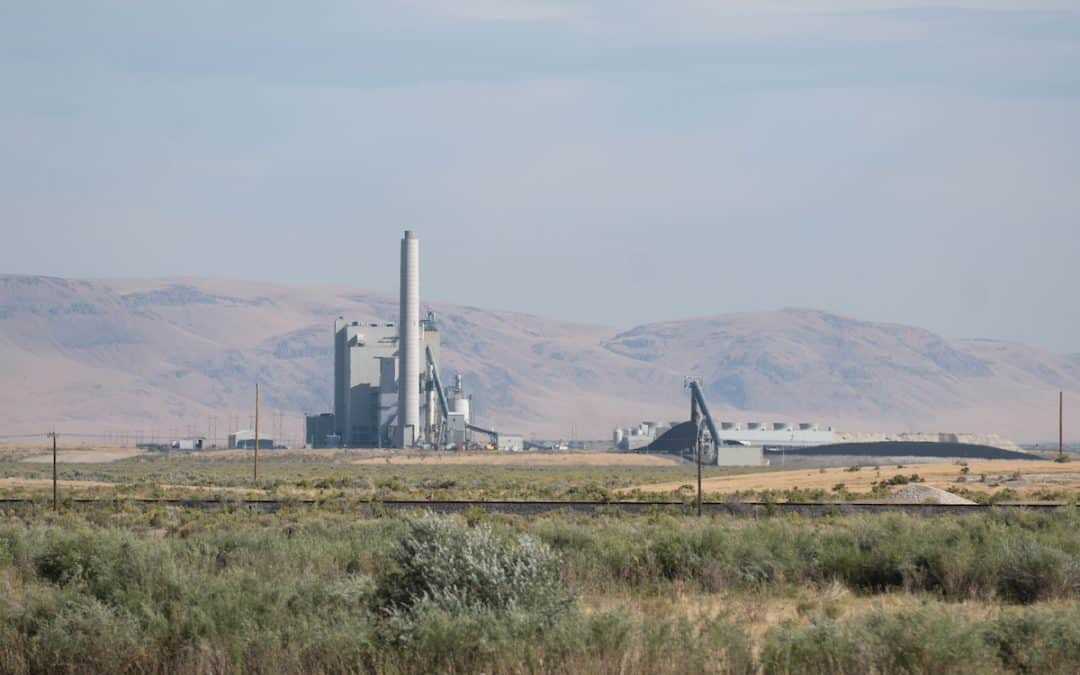More than a decade after Nevada lawmakers passed a bill to remove coal from NV Energy’s quiver, the state’s last utility-owned coal plant will cease running, with operations set to end later this year.
But the North Valmy Generating Station, located near Battle Mountain, isn’t being retired, as NV Energy once said it was.
Instead, the state’s largest electric utility is repowering Valmy to burn natural gas. The conversion, the utility touted, would reduce the plant’s emissions by roughly 50 percent.
The plant’s repowering has drawn the ire of conservationists and watchdog groups, who’d hoped to see Valmy converted to a renewable source such as solar or battery storage.
But it’s what happened since the plant’s conversion was approved by state energy regulators that has them even more frustrated.
Just several months after regulators approved Valmy’s natural gas conversion, NV Energy submitted a new plan. In it, the utility proposed adding two natural gas peaking units to Valmy that would produce an additional 411 megawatts, citing load growth and reliability issues.
One problem: NV Energy had not mentioned the new peaking units in its previous energy plan just approved by state regulators. The utility said the peaking units — typically used during periods of high energy consumption — are necessary to help meet a growing demand for power in Northern Nevada and to balance the utility’s energy supply as it increasingly relies on renewable sources such as solar.
“Utilities all get judged for how reliable they are,” said Michael Milligan, an independent power system consultant who specializes in the integration of renewable energy into the power grid. “They don’t get extra credit for being extra reliable — nobody gets fired if they’re too reliable. A lot of people get fired if the system isn’t reliable enough.”
Critics contend that the units are costly and will keep Nevada tethered to fossil fuel sources for decades — the two Valmy projects, combined with Silverhawk Generating Station, a natural gas project regulators approved in 2023 for Southern Nevada, will add 1,300 megawatts of new, natural-gas powered capacity in the state. And they also argue the utility pulled a bait-and-switch by omitting to mention the planned peaking unit expansion to state energy regulators.
“It was very strange they did not put that information on the table,” said Brian Turner, western regulatory director at Advanced Energy United, a clean energy trade group. “They hold all the cards — they can control what information gets shared.”
Regulators ultimately approved NV Energy’s request, noting that in the future they expect to see projects presented in their entirety, not piecemeal.
The approval of the peaking units marks the third natural gas project approved in less than two years at a combined cost of about $1 billion.
“There is a lot of risk … and ratepayers are on the hook for paying off these plants,” Turner said.



